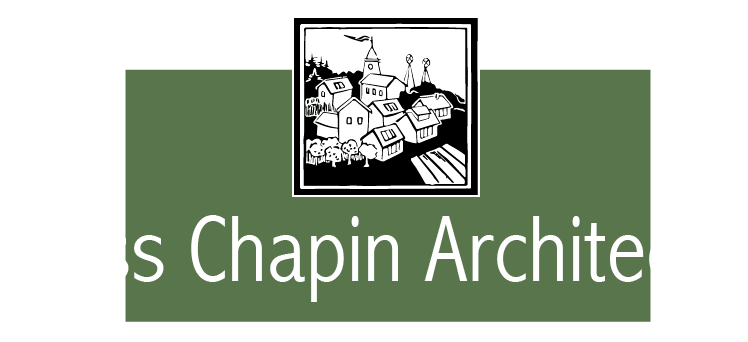
The burning of Notre Dame is a devastating blow to the heart. I gasped when I first saw the images of the burning spire, and every time my thoughts turn to this historic loss, I feel shock, sadness and grief. How can this be? I stretch to grasp the loss. This is not only the heart of France, it is a world heritage site for humanity — the flower of Western Civilization built over many successive generations over hundreds of years. Through the internet, people around the world are feeling a synchronous wave of emotion. This morning, as the first views of the interior come across our screens, we feel a relief that all is not lost, and rise with hopes that it may be restored.
And now I wonder about the Spix’s Macaw blue parrot, the Northern White Rhino, and a rare porpoise — all close to or completely extinct in the wild. Do we come together in collective grief? How many even know of their fate? Let alone 1000s of other species that are not as glamorous as these poster children of the animal world? I read that the Earth is losing animal species at 1,000 to 10,000 times the natural rate. We feel the impact of the fire of Notre Dame because it is immediate and dramatic. We grieve at the loss of 850 years of cultural heritage. How can we feel the loss of millions of years of natural heritage that slip away without notice over longer time frames, yet are quantum levels more devastating? What will it take for humans to come together to feel this loss and rise in a collective call to restore the web of life?
—Ross Chapin


The devastation of Notre Dame indeed resonated globally, highlighting our collective attachment to cultural and historical landmarks. The emotional impact of such a loss is profound, as it connects us to our shared heritage. Your reflection on endangered species like the Spix’s Macaw and the Northern White Rhino adds another layer to this discussion. It raises important questions about our awareness and response to the ongoing loss of biodiversity. While a tragic event like Notre Dame’s fire captures immediate attention, the gradual disappearance of species often goes unnoticed, yet its impact is far-reaching. It’s a call to action for us to collectively work towards preserving not just our historical monuments but also our natural world. It is essential for entities involved in construction and land development, like [Big Hills Construction](https://www.bighills.com/about-us/), to consider sustainable practices that respect and preserve biodiversity.
Ross Chapin’s reflections on the burning of Notre Dame capture a profound sense of loss and grief, not only for this iconic structure but also for the broader context of environmental degradation and species extinction. Here’s a summary of the key themes:
1. **Emotional Impact of Notre Dame’s Burning**: The devastation of Notre Dame, a symbol of Western civilization and a world heritage site, elicited a global wave of shock, sadness, and grief. This incident starkly reminds us of the cultural and historical significance of such landmarks.
2. **Comparison with Natural Heritage Loss**: Chapin draws a parallel between the burning of Notre Dame and the extinction of species like the Spix’s Macaw, the Northern White Rhino, and rare porpoises. He highlights the discrepancy in public awareness and emotional response between the loss of cultural heritage and the often-unnoticed extinction of species and biodiversity.
3. **Rate of Species Extinction**: The current rate of species loss, estimated to be 1,000 to 10,000 times the natural rate, is presented as a critical but underrecognized issue. This loss represents a significant part of our planet’s natural heritage.
4. **Call for Collective Awareness and Action**: Chapin questions what it would take for humanity to collectively grieve and respond to the ongoing environmental crisis as intensely as it does to events like Notre Dame’s fire. He suggests the need for a shared recognition of the value of our natural heritage and a collective call to action to preserve the web of life.
Chapin’s message is a call to broaden our perspective and develop a deeper, more comprehensive understanding of heritage – one that encompasses both our cultural treasures like Notre Dame and the invaluable biodiversity of our natural world. It’s a reminder of the urgency to address environmental issues and biodiversity loss with the same intensity and commitment that we often reserve for prominent cultural landmarks.
For those seeking to contribute to environmental conservation and species protection, engaging with organizations and initiatives focused on these areas can be a meaningful step. Participating in conservation efforts, supporting biodiversity research, and advocating for sustainable practices are ways individuals and communities can respond to the call to preserve our natural heritage.
Hi Ross, We must acquire the wisdom of gods to match our god-like technological capabilities to escape the many existential threats we currently face. All we have is conversation to do that, communities of the kind you are creating cultivate wise conversation.
Thank you for this. May we come together to lament the mishandling of our gifts. May our collective mourning motivate us to take important collective action on behalf of the beautiful planet.